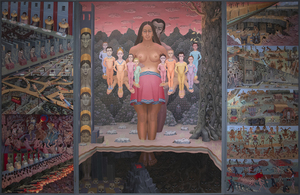Jackson Hole
Situated in the wild beauty of Jackson Hole, Wyoming, with National Parks as a stunning backdrop, Heather James Jackson has brought the highest caliber of artworks and services to the Intermountain West for over a decade.
Catering to the unique community that makes Jackson Hole an unparalleled destination for American culture and the outdoors, Heather James strives to provide an unmatched selection of artworks and white glove services for locals and visitors alike.
172 Center Street, Suite 101
P.O. Box 3580
Jackson Hole, WY 83001
(307) 200-6090
Hours: By appointment only through July 1, 2025
Exhibitions

ARCHIVE
Legacy of the Land: Georgia O’Keeffe and Emily Kame Kngwarreye
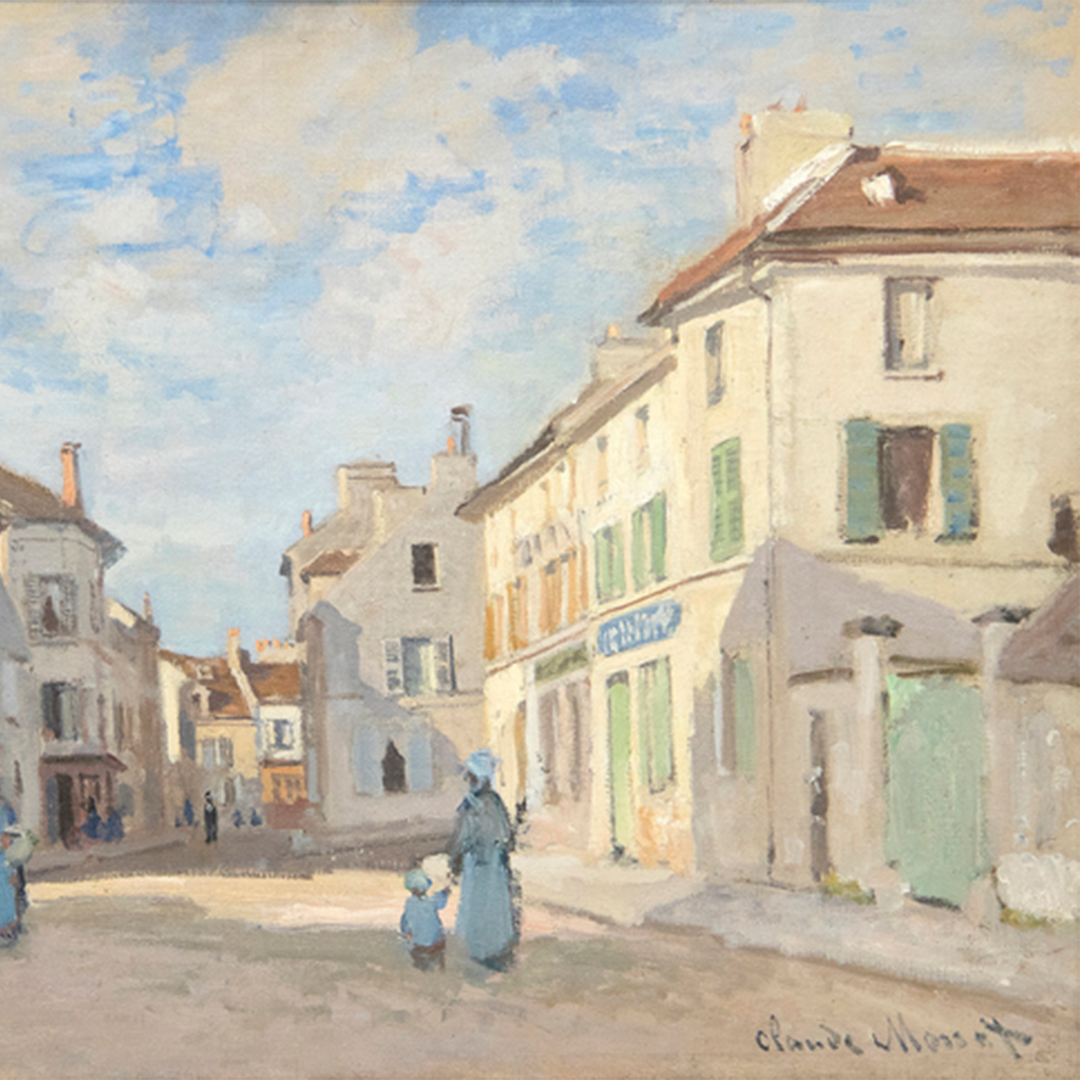
ARCHIVE
All We Have Seen: Impressionist Landscapes from Monet to Kleitsch
ARTWORK ON VIEW
CONSULTANTS

ANDREA RICO DAHLIN
Senior Vice President
Jackson Hole, Wyoming
With over 20 years in the industry, Andrea holds a BA in Art History with a Minor in Fine Art from Binghamton University, Binghamton, NY, and a MA in Modern Art, Connoisseurship, and History of the Art Market from Christie’s Education, New York, NY. She brings expertise from her experience in both museums and auction houses, having worked at the Nelson-Atkins Museum of Art in Kansas City and Christie’s in New York.
Since joining Heather James Fine Art in 2015, Andrea has secured consignments and helped build notable private and museum collections with important artists, which include Claude Monet, Alfred Sisley, Henri Matisse, Edgar Degas, Norman Rockwell, Andrew Wyeth, Elaine de Kooning, Andy Warhol, and Tom Wesselmann.

SARAH FISCHEL
Co-Chairman, Advisory
Jackson Hole, Wyoming
Sarah has a deep passion for both art and history having grown up surrounded by art. Propelling that early love into over a decade of experience in the art world, she has navigated galleries, auction houses, and museums.
A firm believer in learning and experiencing every aspect of a business, Sarah has worked across the art world in various roles, bringing a holistic approach to the advisory and her work. Since 2015, Sarah has been a key player at Heather James Fine Art, where she has provided top-tier client service, managed the Jackson Hole gallery, curated gallery exhibitions and collectors’ homes, and spearheaded strategic promotional initiatives.
Earning degrees in journalism and art history from New York University, Sarah continued her academic foundation with a master’s degree from Christie’s Art, Law, and Business program in London. Beyond her professional and educational pursuits, Sarah is actively involved with causes close to her, including Jackson Hole Public Art as a board member and the United States Holocaust Memorial Museum.
As Co-Chairman, Sarah brings her personal experiences and knowledge of art and collecting to every interaction, always seeking out the best solution for her clients’ needs.
IN THE NEWS
SERVICES
Heather James Fine Art provides a wide range of client-based services catered to your specific art collecting needs. Our Operations team includes professional art handlers, a full registrar department and logistical team with extensive experience in art transportation, installation, and collection management. With white glove service and personalized care, our team goes the extra mile to ensure exceptional art services for our clients.



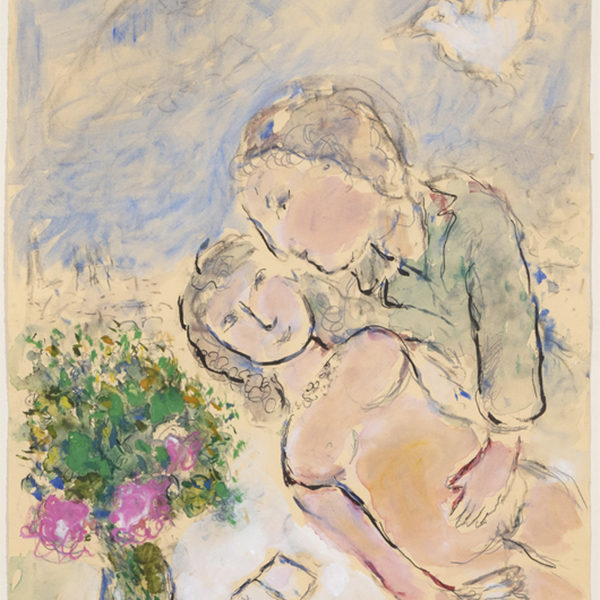

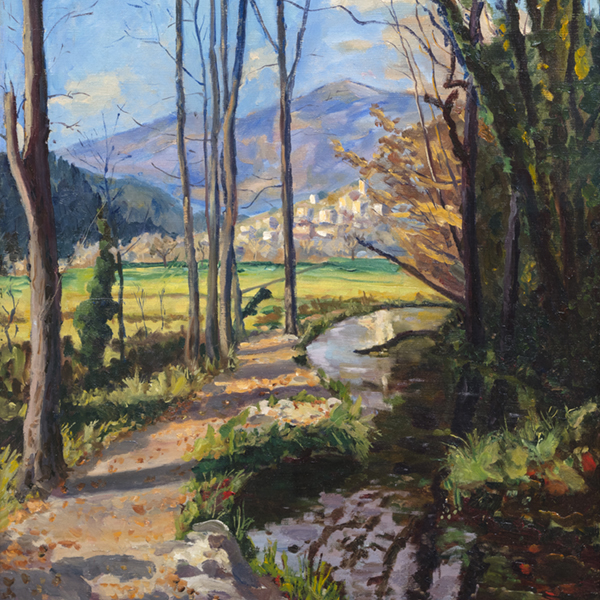




_tn43950.jpg )

















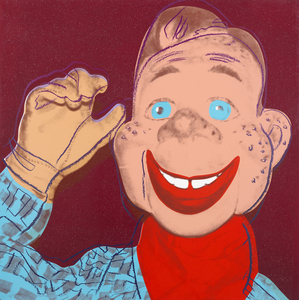
_tn46616.jpg )

_tn47464.jpg )
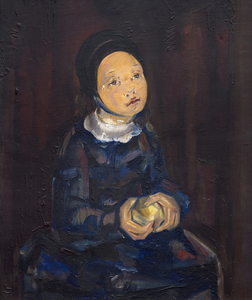
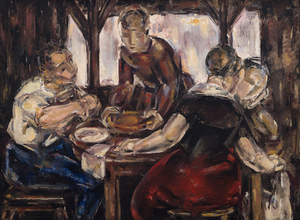














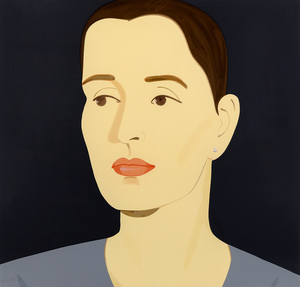































_tn47012.jpg )
,_new_mexico_tn40147.jpg )






